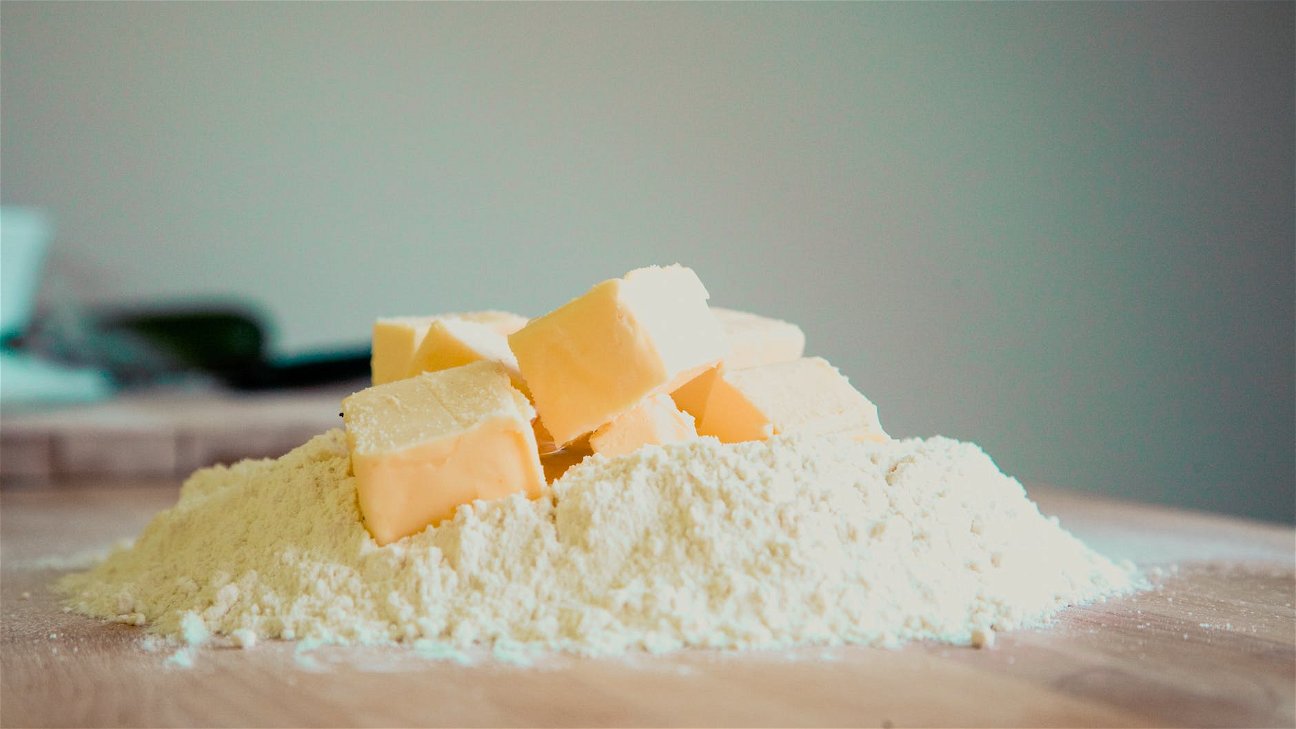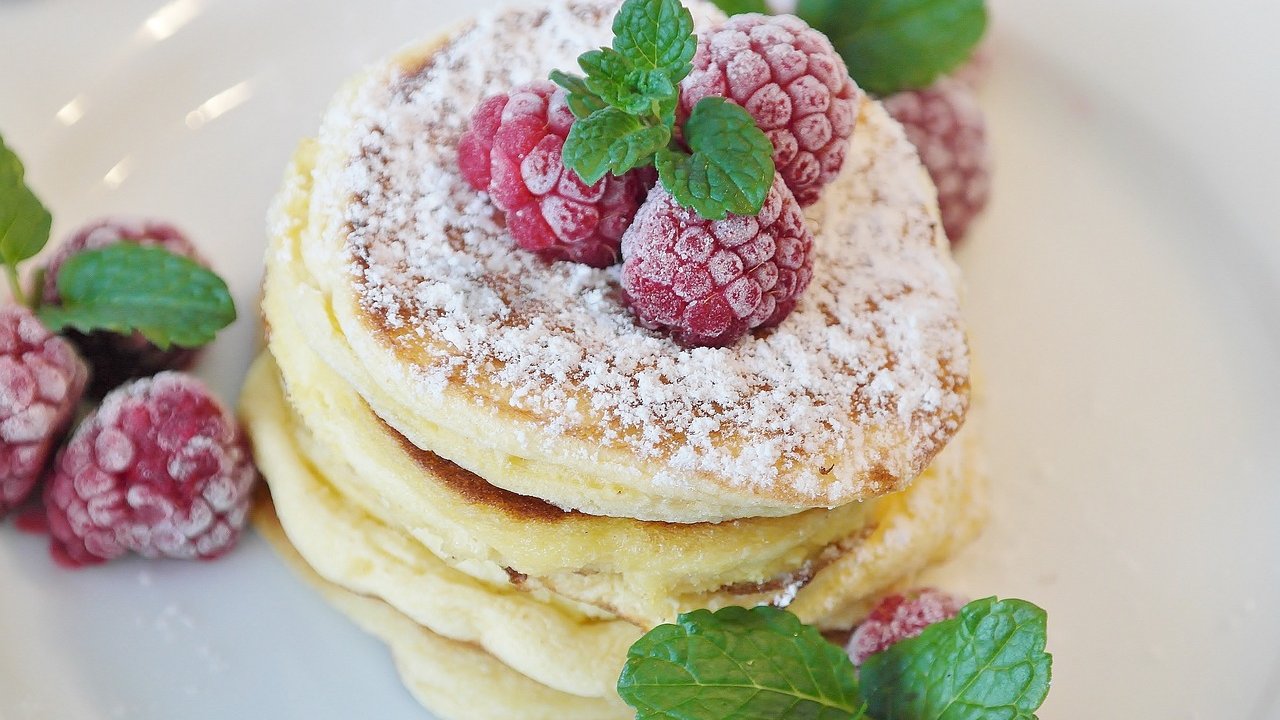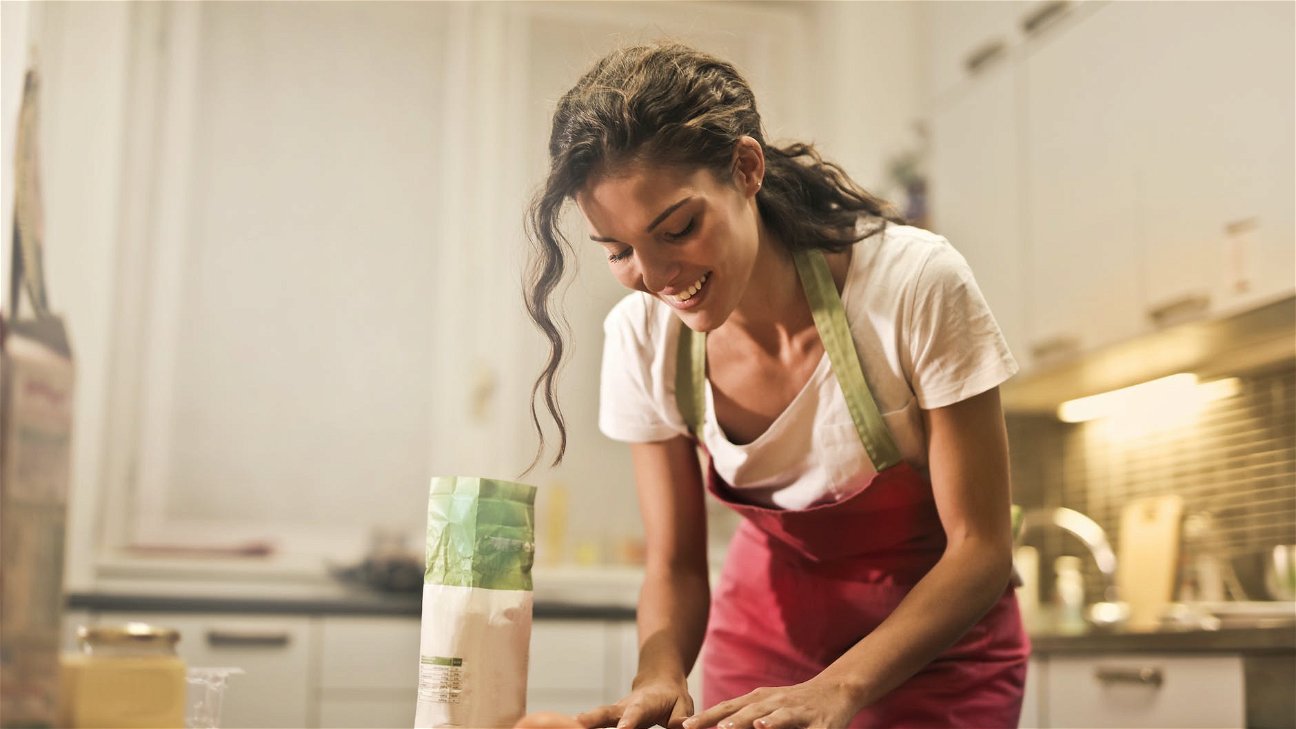
Meringue is a magical thing. With just a few ingredients - egg whites, sugar, and maybe a touch of vinegar or cream of tartar - you can create an array of textures from crispy to chewy. Despite its simplicity, meringue can be tricky. To achieve the desired texture, you need to understand the different techniques of making a meringue. Let's delve into the world of meringue and master these 5 techniques.
French Meringue
The French meringue is the most basic and common type of meringue. It's created by whipping egg whites until they form soft peaks before gradually adding sugar.
Key Technique: Gradual Sugar Addition
Adding sugar gradually helps to ensure the sugar dissolves completely. If you add all the sugar at once, it might not dissolve properly, resulting in a grainy meringue. The French meringue is typically baked until crispy.
Italian Meringue
Italian meringue is made by gradually pouring hot sugar syrup into whipped egg whites. It's firmer than French meringue and more stable, making it ideal for frostings and toppings on cakes.
Key Technique: Hot Sugar Syrup
The hot sugar syrup 'cooks' the egg whites, making this meringue safe to eat without further baking. However, it can be tricky to get right. You need to reach the correct temperature (240F) to achieve the perfect Italian meringue.
Swiss Meringue
Swiss meringue is a denser, glossier meringue. It involves whisking egg whites and sugar together over a hot water bath until the sugar dissolves, then beating the mixture until it cools.
Key Technique: Whisking Over a Hot Water Bath
This method helps to dissolve the sugar and partially cook the egg whites, resulting in a very stable meringue. Swiss meringue is often used as a base for buttercream frosting.
Chewy Meringue
A chewy meringue is usually achieved by adding a little vinegar or cream of tartar to the whipped egg whites before the sugar is added.
Key Technique: Adding an Acid
Adding an acid like vinegar or cream of tartar helps to stabilize the egg whites and create a meringue with a soft, marshmallow-like center. This type of meringue is perfect for pavlovas.
Crispy Meringue
To achieve a crispy meringue, the key is in the baking. Crispy meringue is baked low and slow to allow the moisture to evaporate without browning the meringue.
Key Technique: Low and Slow Baking
Bake your meringue at a low temperature for a long time. This will give you a meringue that is dry and crispy all the way through.
Now that you have these 5 techniques in your baking arsenal, it's time to start experimenting. Whether you want a crispy meringue for a pie topping or a chewy meringue for your pavlova, understanding these methods will help you achieve your perfect meringue texture.











